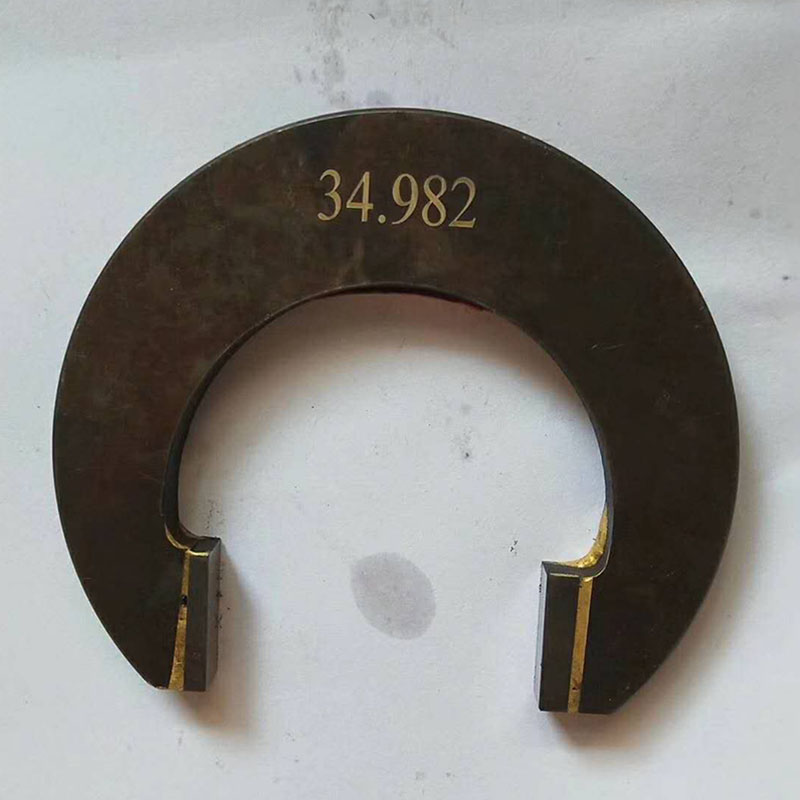nov . 08, 2024 15:15 Back to list
butterfly valve seat types
Understanding Butterfly Valve Seat Types
Butterfly valves are crucial components in various industrial applications, primarily for regulating flow within pipelines. The efficiency and performance of these valves largely depend on the design and material of the valve seats. The butterfly valve seat serves as a sealing surface to prevent leakage and to control the flow effectively. This article delves into the different types of butterfly valve seats and their applications.
Types of Butterfly Valve Seats
1. Soft Seat Soft seat butterfly valves incorporate materials such as rubber or elastomers. These seats provide excellent sealing capabilities and are generally used in low-pressure applications. The softness of the seat material allows it to conform to the valve disc, ensuring a tight seal when closed. Common materials include EPDM, NBR, and PTFE, which are favored for their resistance to environmental factors like humidity and temperature fluctuations. Soft seat valves are widely employed in water treatment, food processing, and other industries where maintaining a leak-proof seal is paramount.
2. Metal Seat Metal seated butterfly valves are designed for high-temperature and high-pressure applications. These seats are typically made from hard materials, such as stainless steel or other alloys. Although they provide a less effective seal than soft seats, they offer the advantage of durability and can withstand harsher environments. This makes them ideal for industries like oil and gas, chemical processing, and power generation, where exposure to extreme conditions is a common challenge. Metal seats are also less susceptible to wear and tear, thus providing a longer service life in demanding applications.
butterfly valve seat types

3. Composite Seat Composite seats are an innovative solution, combining the properties of both soft and metal seats. They are usually crafted from a resilient elastomer that is reinforced with a metal backing. This design aims to provide the flexibility of a soft seat while benefiting from the durability of a metal seat. Composite seat valves are particularly useful in applications where there might be thermal expansion or contraction, allowing for a more adaptable solution. These valves are increasingly being used in industries that require a balance between sealing performance and mechanical robustness.
4. Resilient Seat Resilient seats, like soft seats, are made from flexible materials; however, they often come with additional enhancements to improve their wear and tear resistance. They are specifically designed for applications that involve frequent cycling or where there's a risk of abrasion from the media flowing through the valve. Resilient seats are commonly used in wastewater treatment plants and other environments where particulate matter might affect performance.
Conclusion
Choosing the right butterfly valve seat type is critical for ensuring optimal performance and longevity of the valve in its specific application. Soft seats offer an excellent seal for low-pressure systems, while metal seats provide durability under extreme conditions. Composite seats present a hybrid solution for more demanding applications, and resilient seats offer an effective compromise for settings with potentially abrasive materials.
As industries evolve and the need for efficient, reliable flow regulation grows, understanding these butterfly valve seat types becomes increasingly important. Engineers and project managers must evaluate the operational conditions, media characteristics, and pressure levels when selecting the appropriate butterfly valve seat. This ensures not only the efficiency of the system but also enhances safety and productivity in industrial operations.
-
Why Metric Trapezoidal Thread is Ideal for Precision Motion ControlNewsAug.05,2025
-
The Unique Properties of a Block of Granite for Industrial UseNewsAug.05,2025
-
The Role of Flanged Y Strainers in Preventing Pipeline ClogsNewsAug.05,2025
-
The Importance of Regular Calibration for Master Ring GagesNewsAug.05,2025
-
How a Cast Iron Surface Table Enhances Accuracy in ManufacturingNewsAug.05,2025
-
Comparing Different Check Valve Types for Optimal Flow ControlNewsAug.05,2025
Related PRODUCTS









